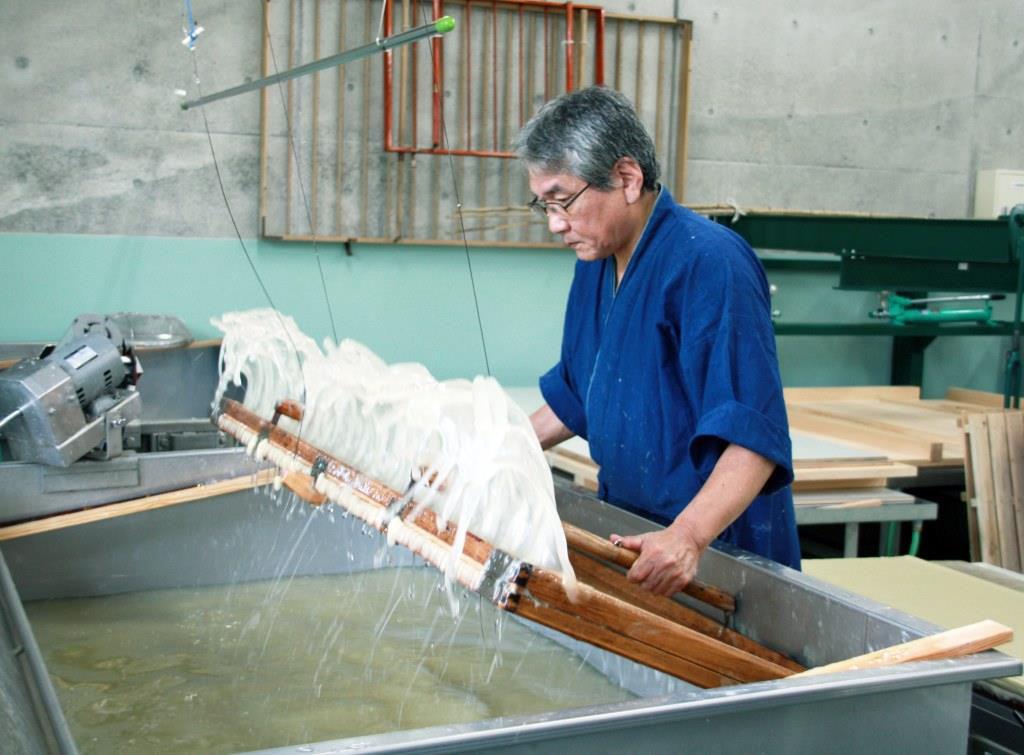"Washi," or traditional Japanese handmade paper, was officially added to UNESCO's Intangible Cultural Heritage list last November. It is a remarkable accomplishment that the nation's traditional culture has achieved such recognition for the second year in a row, following the inclusion of "washoku" traditional Japanese cuisine in December 2013. Making the list will help Japan raise the world's awareness of the country.
There are three main locations where Japanese traditional papermaking techniques have been passed down: Misumi-cho in Hamada, Shimane Prefecture, where "sekishu-banshi" is made; Mino, Gifu Prefecture, where "hon-minoshi" is made; and the town of Ogawa along with the village of Higashi-Chichibu in Saitama Prefecture, where "hosokawa-shi" is made. These papers are designated as Important Intangible Cultural Properties in the national inventory maintained by the Agency for Cultural Affairs.
UNESCO notes that "most of the inhabitants of the three communities play roles in keeping this craftsmanship viable, ranging from the cultivation of mulberry, training in the techniques and the creation of new products to promote washi domestically and abroad."



















With your current subscription plan you can comment on stories. However, before writing your first comment, please create a display name in the Profile section of your subscriber account page.